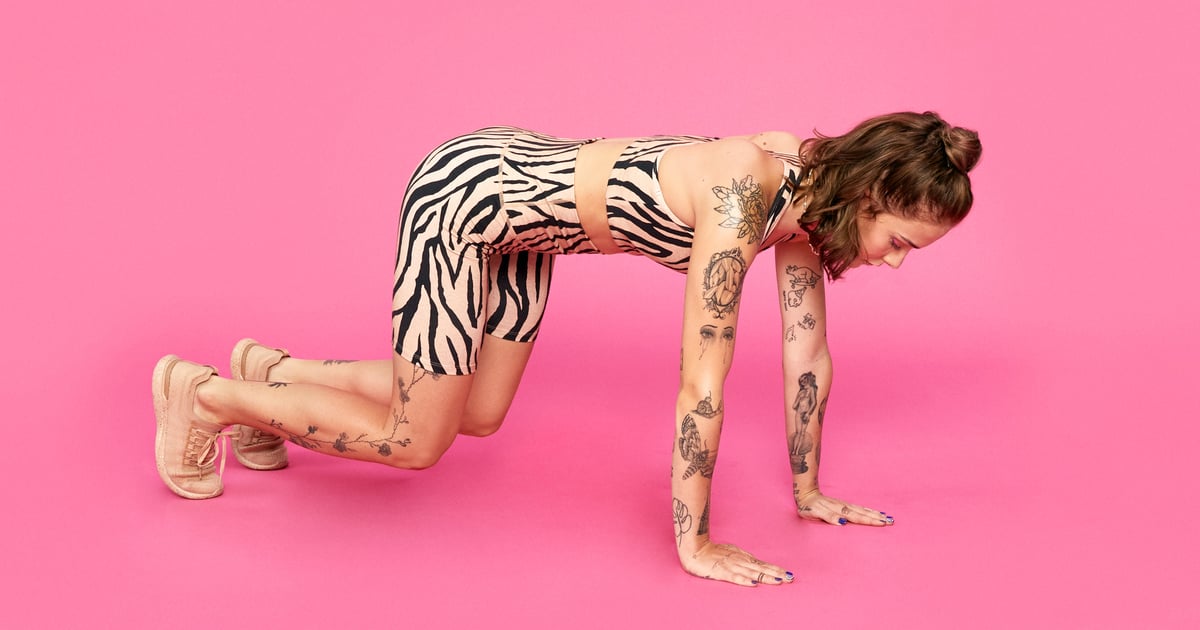
Building a strong, functional core is no easy feat. That’s why we rounded up the 19 best core-strengthening exercises, handpicked by certified trainers, to make it a little easier. Because, really, working on your core strength shouldn’t feel like a chore or an afterthought. It’s one of the most important things you can do for your body.
“Strengthening a weak core is something that can be massively helpful,” says Richard Wilcock, MS, CSCS, personal trainer and owner of Flagship Fitness in the UK. “It can help relieve back pain, help prevent slips and falls, and make other exercises easier.” Your core is made up of several different muscles beyond just your abs, including your glutes, pelvic floor, and back muscles. All of those need to be worked on and trained in order to strengthen the whole.
What Are Core Muscles?
Your core encapsulates more muscles than you probably expect. “Your core is composed of many muscles in the abdomen, hips, back, butt, and legs,” said Sean Alexander, ACE-certified personal trainer and the CEO of Simple Approach, in a previous interview with POPSUGAR. “It’s necessary to work all of these muscles when training your core.” Here’s a quick overview of your main core muscles and what they do:
- Rectus abdominis: These are known as your “six-pack” muscles, or what we typically think of as our abs. They run along the front of your stomach and are the top layer of your core. The rectus abdominis helps your torso flex or bend forward (think: like a crunch).
- Transverse abdominis: Your transverse abdominis is sometimes called your “deep core.” It’s located under your ribs and above your pelvis, wrapping all the way around your torso beneath your rectus abdominis. This muscle helps to stabilize and support your internal organs as well as your spine and pelvis.
- Obliques: Your oblique muscles are the muscles that wrap around the sides of your abs. Their job is to rotate your torso, help it bend from side to side, and also provide stability.
- Multifidus: Your multifidus is a series of triangular clusters of muscle on either side of your spine that serve to support your back. These muscles help you arch, tilt, and bend your back.
- Erector spinae: Your erector spinae are the long muscles that extend up your back on either side of your spine. They help you straighten your back and rotate your torso.
- Diaphragm: Your diaphragm is the dome-shaped muscle directly below your lungs that plays a major role in breathing. When you inhale, the muscle contracts to pull air into the lungs; when you exhale, it relaxes, returning to its full size to push the air out.
- Pelvic floor muscles: Your pelvic floor muscles form a “hammock-like sling of support” beneath your pelvis, said Christine King, DPT, PRPC, physical therapist lead for Hoag’s Pelvic Health Program, in a previous interview with POPSUGAR. Your pelvic floor controls the sphincters of your bowel and bladder to prevent incontinence (leakage); supports your spine as well as your uterus, bowel, and bladder; and is involved in sexual function and orgasm intensity.
- Glutes: Your glutes (including gluteus maximus, medius, and minimus — just to name a few) are the muscles in your butt. Their job is to help move your hips and stabilize your pelvis to keep you balanced.
As you can tell, your core muscles play a big role in supporting and stabilizing your spine and pelvis. This is why it’s so important to strengthen your core; when your core muscles begin to weaken, it can lead to various types of injuries, back pain, and pelvis misalignment issues. You’ll be able to tell if your core is weak if you have a hard time doing core stability moves such as planks, glutes bridges, and dead bugs.
Ahead, check out 19 core-strengthening exercises that trainers recommend, learn why they work, and get step-by-step instructions for how to complete each one. Add these beginner-friendly core-strength exercises into your workouts to start building strength and stability in your abs, glutes, obliques, and beyond.
